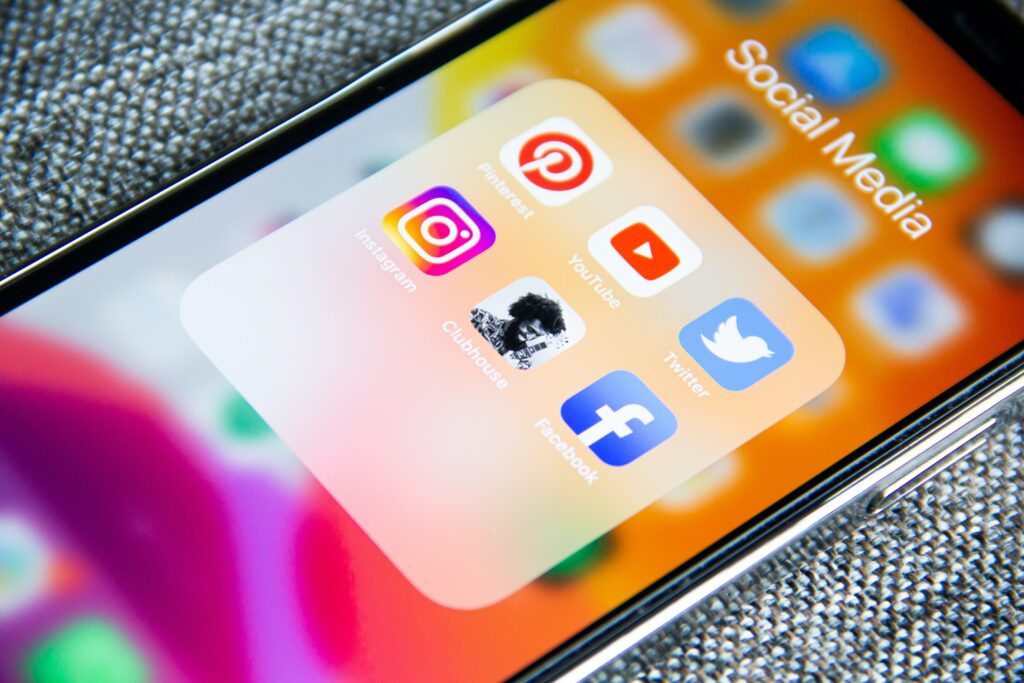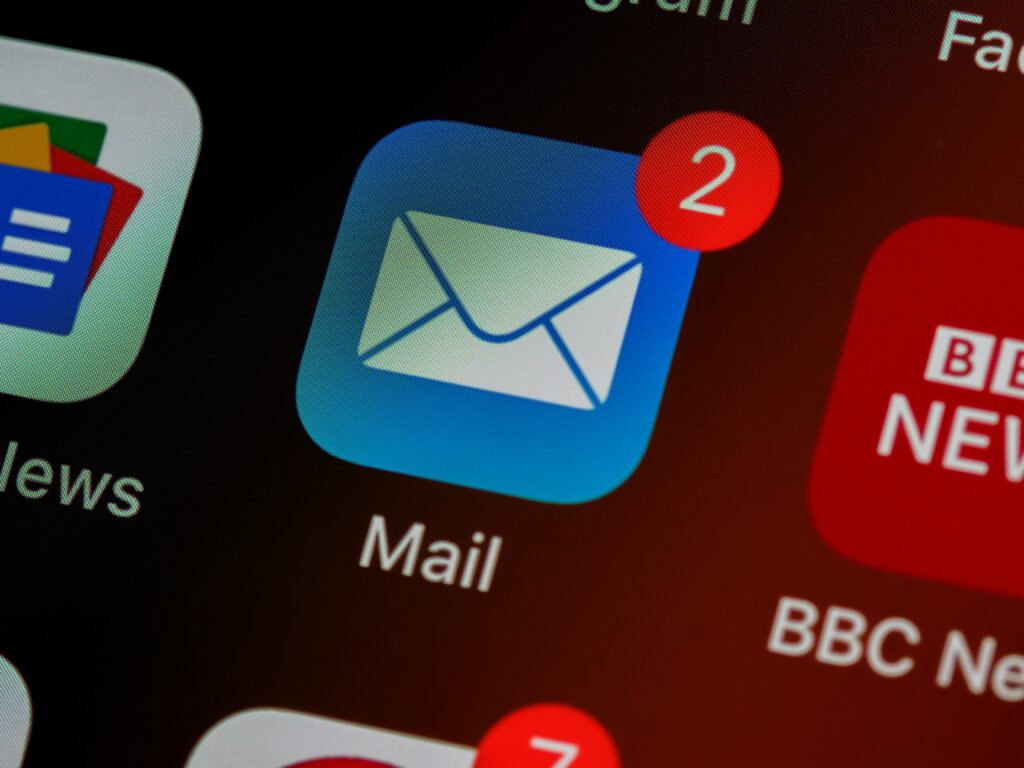
Table of Contents
ToggleImage Source- Unsplash
Social media isn’t what it used to be.
It’s evolving. Growing. Changing. Some might even say it’s dying.
What does that mean for brands and businesses? How do we keep up? What’s next?
In this blog post, we’ll explore the changing landscape of social media and what that means for your business. We’ll talk about the trends to watch out for, the platforms that are on the rise, and how to make the most of social media in a constantly-evolving world.
Facebook’s Declining User Growth
You might have heard that Facebook is having some trouble lately. You might have even noticed that your friends aren’t as active on the platform as they used to be. And that’s because, according to a recent report, Facebook’s user growth has slowed down significantly.
So what does this mean for the future of Facebook? Well, it’s hard to say for sure, but it’s possible that we’re starting to see the end of an era. Younger people are increasingly turning to other platforms like Snapchat and Instagram, and Facebook may not be able to keep up.
That doesn’t mean that Facebook is going to disappear overnight, of course. But it does suggest that the platform is no longer as popular as it once was, and that its heyday may be behind it.
The Rise of Snapchat
So, what’s next for social media? Snapchat is on the rise, and it’s quickly becoming one of the most popular platforms out there.
Why is Snapchat so popular? It’s because it offers a unique and engaging experience that other platforms can’t provide. With Snapchat, you can share photos and videos that disappear after a few seconds. This creates a sense of urgency and encourages users to share content that’s more spontaneous and interesting.
Plus, Snapchat offers a range of filters and other features that make it fun to use. And with its recent update, Snapchat now allows users to send money to each other. This opens up a whole new world of possibilities for social media users.
Are you ready for the next wave of social media?
The Popularity of Instagram
When it comes to social media, Instagram is king.
Instagram has over 1 billion active users, and that number is only going to grow. What’s so great about Instagram is that it’s a visual platform. People love being able to see what’s going on in the lives of their friends and family, and Instagram allows them to do that in a really fun and creative way.
In fact, Instagram is so popular that a lot of businesses are using it to promote their products and services. And it’s working! Because people are more likely to buy something if they’ve seen it on Instagram.
So if you’re not using Instagram yet, you’re missing out big time. Start using it today and see how your business grows!
The Potential of Google+
You might be wondering what’s next for social media. Well, it’s clear that platforms like Facebook and Twitter are on the decline. But there’s one platform that’s been quietly gaining steam, and that’s Google+.
Google+ has a lot of things going for it. First of all, it’s owned by Google, which gives it a huge advantage in terms of search engine optimization. And secondly, it has a really user-friendly interface, which makes it perfect for businesses and marketers.
The potential of Google+ is really huge, and I think we’re just starting to see the beginning of what it can do. Over the next few years, I think we’ll see more and more businesses moving over to Google+, and I think it will eventually overtake Facebook and Twitter as the dominant social media platform.
The Future of social media
So what’s the future of social media? Well, that’s a tough question to answer, because the landscape is constantly changing. But one thing is for sure-social media isn’t going away anytime soon.
In fact, it’s only going to become more and more important as we move into the future. Brands that don’t have a social media strategy are going to be left behind, because that’s where consumers are spending their time.
If you’re not sure where to start, don’t worry. We can help you develop a strategy that’s right for your business. And once you have a strategy in place, make sure you’re actively engaging with your audience. The key is to be consistent and keep up with the latest trends.
Conclusion
With new platforms emerging and others dying off, it can be hard to tell which social media network is worth your time. It can be tempting to stick with the tried-and-true networks that you know, but it’s important to keep an open mind and try out new platforms.
The best way to determine which platform is right for you is to experiment a little. Try out a few different networks and see which ones feel the most natural to you. There’s no need to be on every network – pick the ones that work best for you and your business.
Social media is always evolving, so it’s important to stay up to date on the latest changes. If you’re not sure where to start, check out some of the latest social media trends.
The landscape of social media is changing rapidly, so it’s important to stay up to date on the latest trends. Try out a few new platforms and see which ones work best for you and your business.






